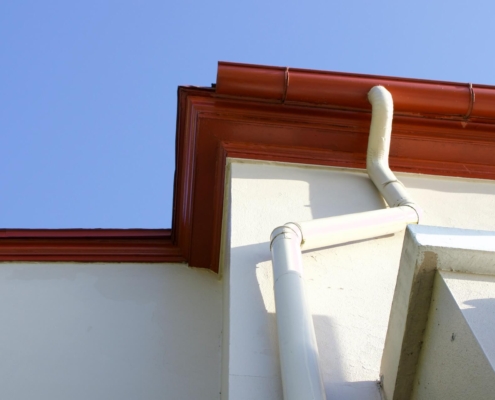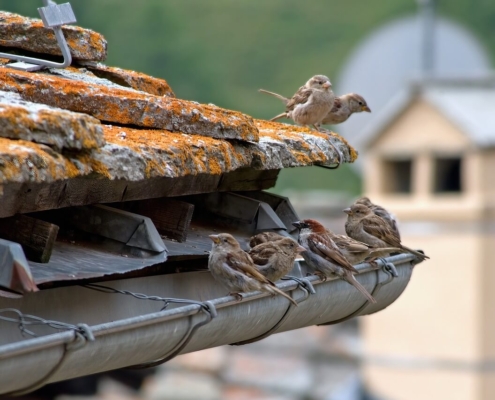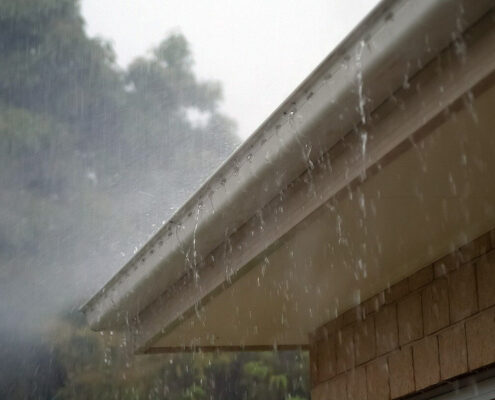Tag Archive for: gutter cleaning

4 Types of Gutters That Will Transform Your Home’s Curb Appeal
/
0 Comments
Most people overlook gutters' role in a house’s appearance,…

6 Most Common Gutter Problems to Look Out For
Gutter problems can affect your house & property. Let’s look at common gutter problems homeowners face & we will provide you with solutions for each!

7 Seasonal Maintenance Calls You Should Make Before the Snow Falls this Winter
Get ready for winter by ensuring your home can withstand whatever…
